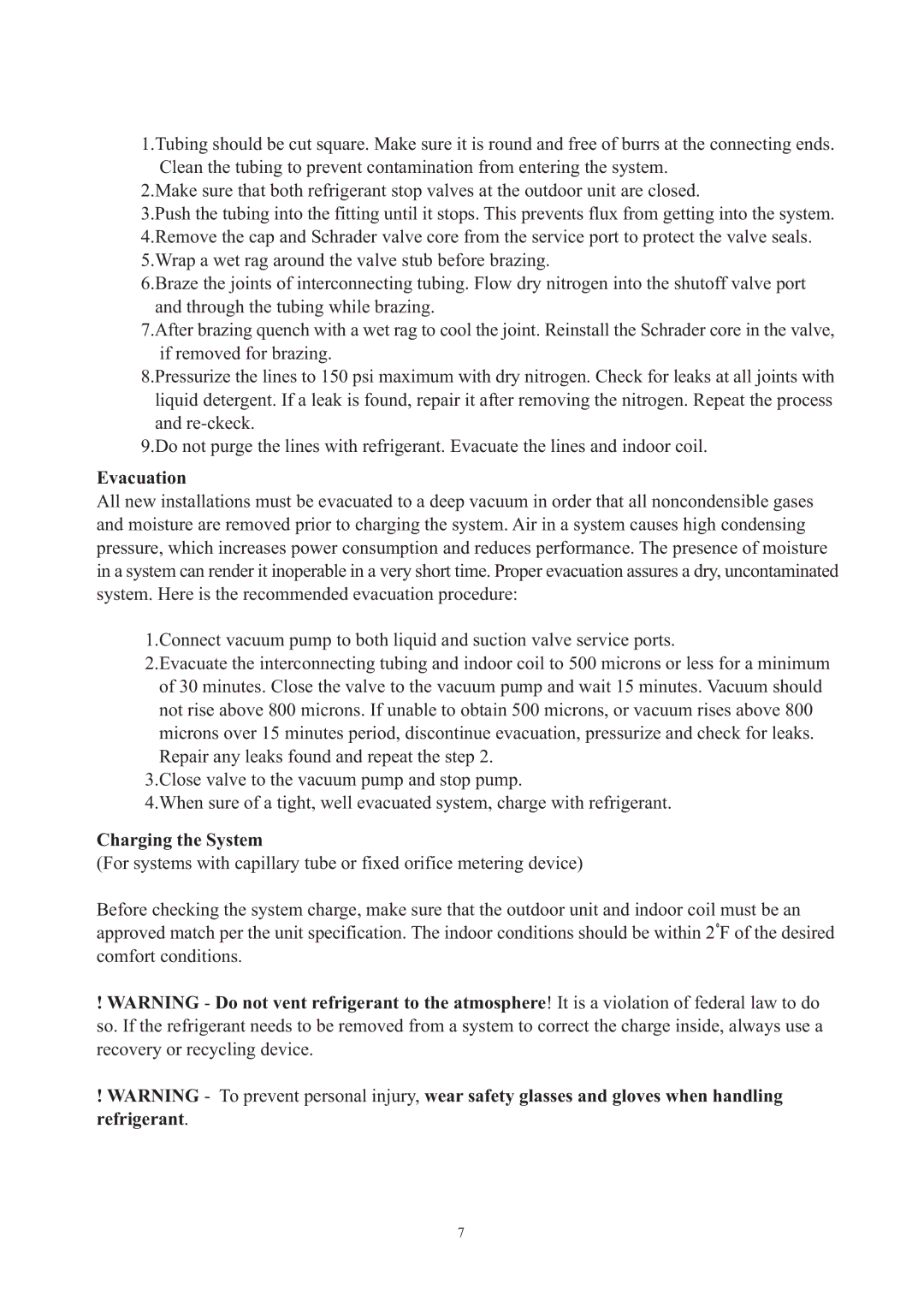HC1891VAR specifications
The Haier HC1891VAR is a versatile and efficient refrigerator designed to cater to the modern household's needs. Known for its innovative technology and user-friendly features, the HC1891VAR stands out in the competitive appliance market.One of the key features of the Haier HC1891VAR is its spacious interior, which offers ample storage options. With a total capacity of around 18 cubic feet, this refrigerator provides enough room for groceries and perishables, making it ideal for families and individuals who require extra space. The adjustable shelves allow users to customize the interior layout to accommodate various food items of different sizes. Furthermore, the door storage compartments offer convenient access to frequently used items, ensuring you're organized and efficient in the kitchen.
Another hallmark of the HC1891VAR is its advanced cooling technology. The refrigerator is equipped with a multi-flow air system, which circulates cool air evenly throughout the compartments. This feature helps maintain optimal temperature levels, ensuring that food stays fresh for longer periods. Additionally, the model employs a frost-free operation that eliminates the need for manual defrosting, saving time and effort while ensuring a hassle-free experience.
The Haier HC1891VAR also focuses on energy efficiency. It is designed to consume less energy compared to traditional refrigerators, earning it an Energy Star rating. This not only contributes to lower electricity bills but also showcases Haier's commitment to environmentally friendly practices. The eco-friendly refrigerant used in the HC1891VAR further enhances its sustainability credentials.
For convenience, the HC1891VAR boasts user-friendly temperature controls that allow for precise adjustments. The LED interior lighting illuminates the inside of the refrigerator, making it easy to find items, even in low light. The sleek design and modern finish ensure that it complements any kitchen decor, while its quiet operation guarantees minimal disruption.
In summary, the Haier HC1891VAR is a well-rounded refrigerator that combines ample storage, advanced cooling technology, energy efficiency, and user convenience. Its thoughtful design and innovative features make it a reliable choice for anyone looking to upgrade their kitchen appliances. With the HC1891VAR, Haier continues to uphold its reputation for quality and customer satisfaction in home appliances.
